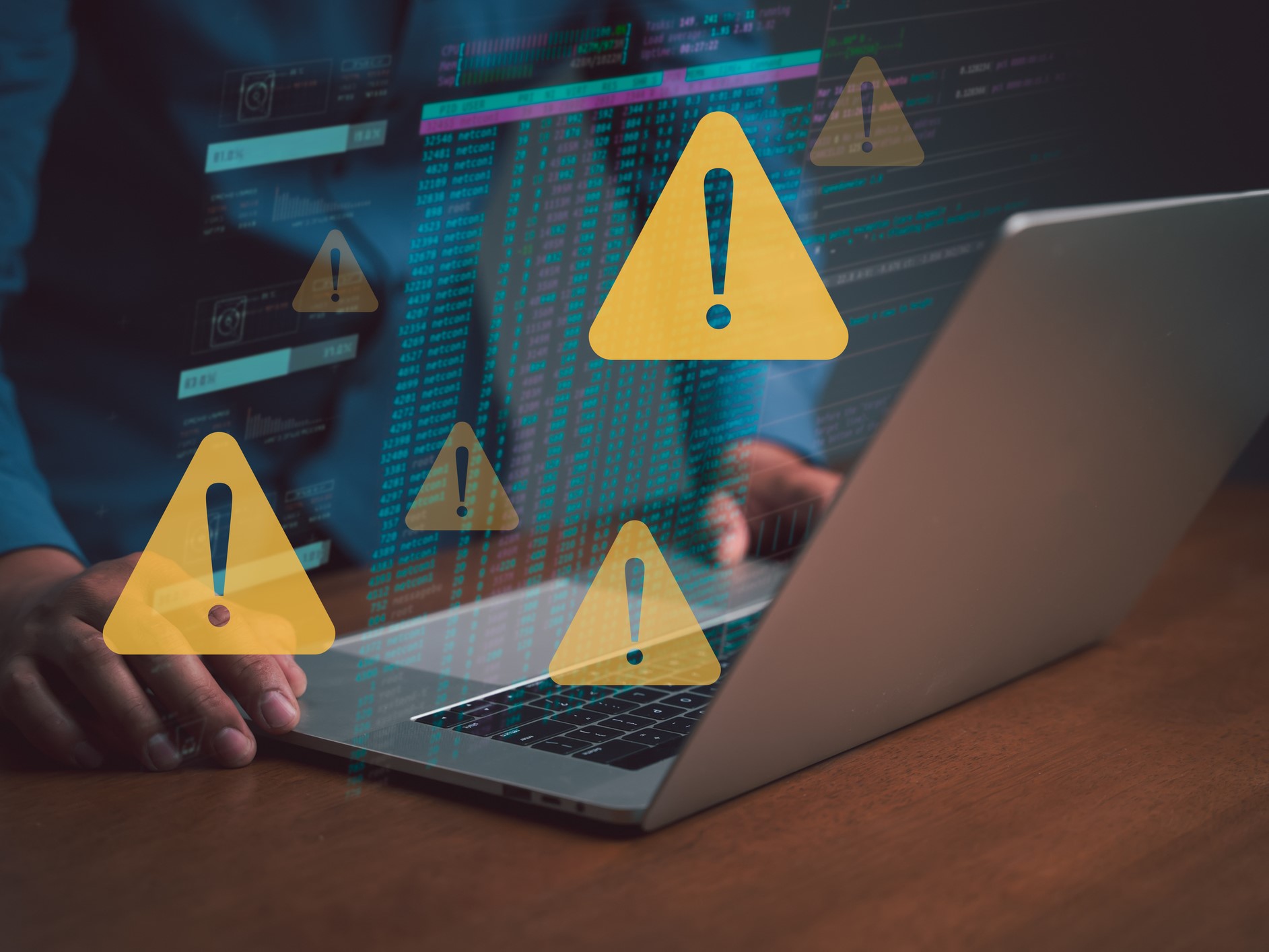3 Ways a Post-Accident Review Can Benefit Your Organization — And Your Employees
In a world of social media, artificial intelligence and virtual realities, this industry is full of “private eyes.” How many times do we see employees who tattle on their coworkers’ activities when they are on a medical leave?
Employers or insurance carriers check formats such as social media, wearable devices and video footage not only for investigative purposes, but to identify improvements to tasks or to reduce or eliminate hazards.
After an adverse event involving a driver, we look at the electronic breadcrumb trail. This may be the follow-up to an event that happened to the employee at work — an after accident review (AAR).
This employee is a valued human resource within your organization. Is pulling the trigger on disputing the claim really the right thing to do?
While there are investigative techniques used in an AAR, use of the term investigation almost presumes the employee is guilty of something. This is far from reality. In performing an AAR it is truly a fact-finding not fault-finding process.
Just the facts ma’am, only the facts.
Timely contact with your employee, and an AAR, is paramount to the culture of safety within your organization. Our AAR can be prejudiced though, by untimely notice.
There are three primary reasons for its importance:
- To check in on your employee who was hurt at work. Do they need a referral for medical care; are they okay?
- To address and remediate hazards that may occur in the workplace to prevent future re-occurrence. Do you see any trends?
- To provide the insurer/TPA with information so a compensability determination can be made. If there are witnesses, ensure that statements are made and facts checked. There are other factors too … reporting for regulatory compliance, for example.
For every AAR, there are different tools in our toolbox that can be used. The following are some tools and considerations:
- Use a model of asking the 5 Whys to drill down
- Was notice timely? If not timely, what is the reason for the untimeliness? Do you have a policy on reporting?
- What does the employee report?
- Are there witnesses? Are they leaders or peers.
- Do you have an investigative service secure a signed statement and authorization from the injured employee and/or witnesses?
- How complete is the information? What level of detail are you able to secure?
- Are there any pictures or the space or video? As a practice tip I like to see where it occurred so I have a good understanding of the situation and design challenges.
- What first-hand knowledge does the leader have?
- Were there any equipment failures?
- Has the staff had the adequate training required to perform the task safely?
- What are the organizational considerations? For example, were they running ‘short’ at the time of the event?
- If an unsafe practice, does everyone perform this task the same way? Or is it unique to this individual?
- Have there been any performance management efforts which may impact this AAR?
- Are there any skill and capability limits of the worker?
The facts that have been obtained may lead you, the carrier or TPA to a decision point of disputing the claim.
But I would encourage you to take a pause and not be hasty. What is the likelihood that you will be successful in litigation? If you have witnesses, are they good witnesses? How solid is your information?
Do a cost benefit analysis of disputing the claim. This is where we go beyond the facts and look at the big picture. This employee is a valued human resource within your organization. Is pulling the trigger on disputing the claim really the right thing to do?










